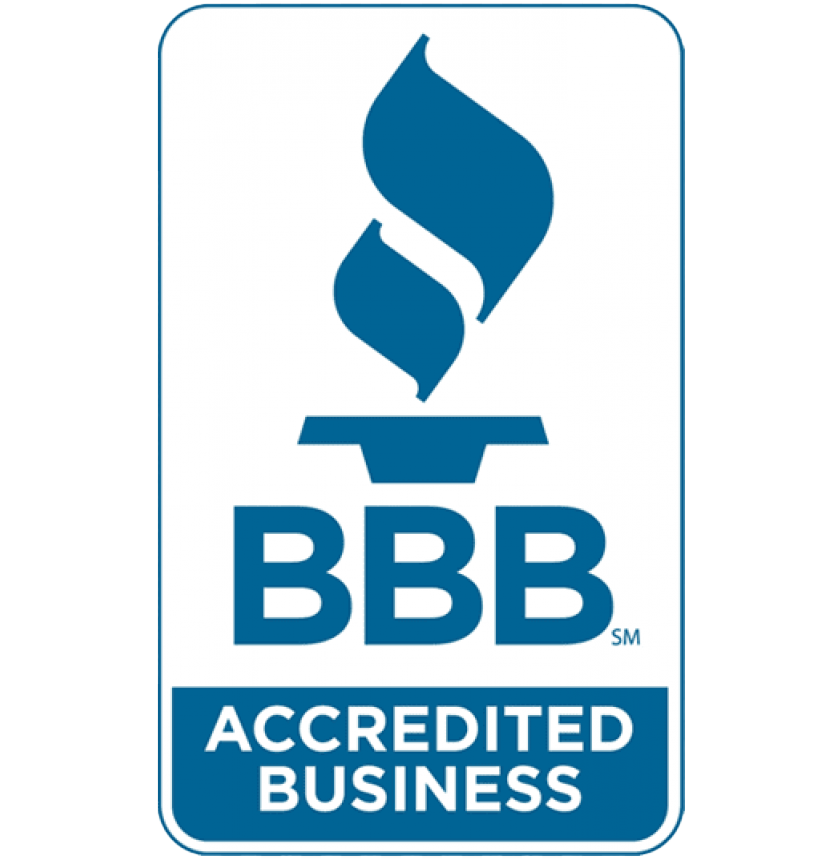![[Bondhus glacier and lake, Hardanger Fjord, Handanger, Norway] (LOC)](http://farm4.staticflickr.com/3126/3175016732_0fa46dab12.jpg)
– img credit: Library of Congress
I was talking to ‘John’ today who had a chance to visit the Microsoft
campus when Bill Gates still used to work there. What follows is a meditation on my conversation about enterprise architecture with John.
What surprised ‘John’ about Microsoft was how well every employee knew the vision of the company. Every layer of the company in every product division knew where every other product was headed.
‘John’ worked for a very large company and and reported to the CTO of
the organization When the team he worked with in Seattle went in to speak
about how Microsoft’s changes were going to impact them, ‘John’ went
around and randomly asked different employees about things like the
road map for Excel or Word. He was surprised to see how each and every
person he talked to knew the shared vision.
When ‘John’ had a chance to speak to Bill, he asked him how he had shared the vision for Microsoft with his employees so effectively. Bill said that the vision was conveyed to each layer of the
organization and the managers and leaders below were incentivized to
communicate and review how well their organizational sub unit knew the
vision.
Communicating the shared vision from top to bottom is a compulsory process for every enterprise, organization, and country in the world.
A shared vision is what a company is going toward. If the team members
don’t know what that vision is and why their actions are relevant to
that vision, they will waste their time on unimportant things. There
is only one direction TO somewhere, but there are many directions AWAY from
somewhere.
A shared vision is the singular direction where the WHOLE
enterprise should be headed.
Key points for communicating shared vision to an organization:
- Define a shared vision that is easily understood and easily pictured.
- If the picture isn’t clear, make it clear. – Create a message architecture that allows for the shared vision to be seen, heard, read, voiced, spread, and broadcasted easily.
- Incentivize managers and employees to understand and communicate the shared vision at monthly or weekly reviews.
- Ensure that communicating the shared vision is an important part of the performance review process.
It is imperative that everyone within an organization understands and participates in the shared vision of the enterprise; understands what the organization’s constraints are; and what their three top priorities are, on an individual level, to bring the organization as a whole closer to its shared vision.

